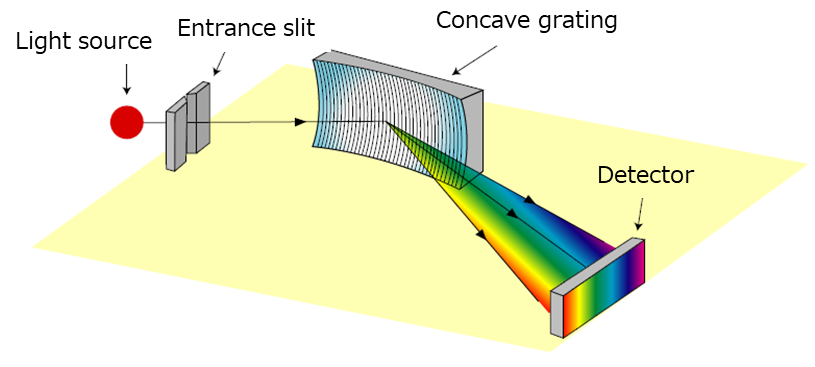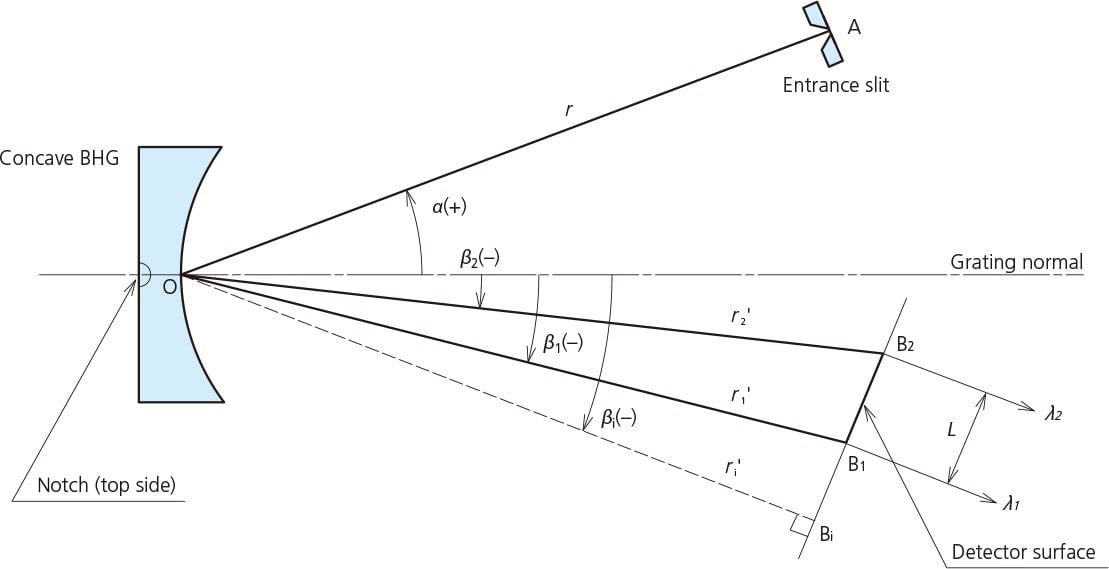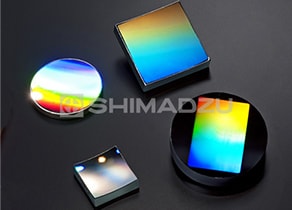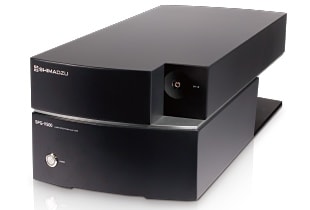"Near-infrared spectroscopy" is widely used for food quality evaluation. Shimadzu offers a wide range of high-efficiency concave gratings suitable for near-infrared spectroscopy.
Background: What is a near-infrared spectroscopy for food analysis?
Near-infrared spectroscopy is a non-destructive measurement method for evaluating food quality. It is used for the analysis of various foods and ingredients as follows:
<Example of use>
Grains (protein, starch, water)
Raw milk (protein, fat, sugar)
Meat (protein, fat, water)
Beverages (alcohol, acidity, amino acids, sugar)
Fruit (sugar)

Near-infrared spectroscopy is useful for improving food quality and brand value because it can be used to select non-destructively and evaluate the quality of food.
A "diffraction grating" is generally used as a wavelength dispersion element in spectroscopy. Among them, near-infrared spectroscopy for food analysis in particular is mainly used with "concave gratings" that are easy to handle.

Advantage: Possible to easily develop a stable near-infrared spectroscopy for food analysis!
The biggest advantage of concave gratings is that a spectroscopy can be configured with a single element. Since the concave grating has an image formation function and an aberration correction function on the sensor surface, it is not necessary to construct a complex spectroscopic optical system with the addition of an image forming element such as a concave mirror.
Point 1: Design facilitation
In concave gratings, optimal optical placement information (slit and sensor placement) for each element is provided. Therefore, the spectroscopy can be easily designed by simply arranging the components as they are placed.

Concave BHG Mounting for Flat-Field Polychromator
Point 2: Shortening of assembly adjustment time
Spectroscopy using concave gratings has fewer parts than spectroscopy using plane gratings or concave mirrors, so there are fewer adjustment points and assembly adjustment time can be shortened.
Point 3: Stabilization of analysis results
The small number of adjustment points of the spectroscopy also leads to suppression of variations in the characteristics of the spectroscopy. Since individual differences in food analyzers are less likely to occur, it contributes to the stabilization of analysis results.
Summary: Shimadzu Concave Grating
Our gratings are characterized by high diffraction efficiency and low stray light due to the blazed grooves.
We are also actively available for consultation on optical arrangement proposals, new diffraction gratings, and spectroscopy modules.
Please feel free to contact us first.
Applicable products
Related Link
Related products
Other Application Examples







